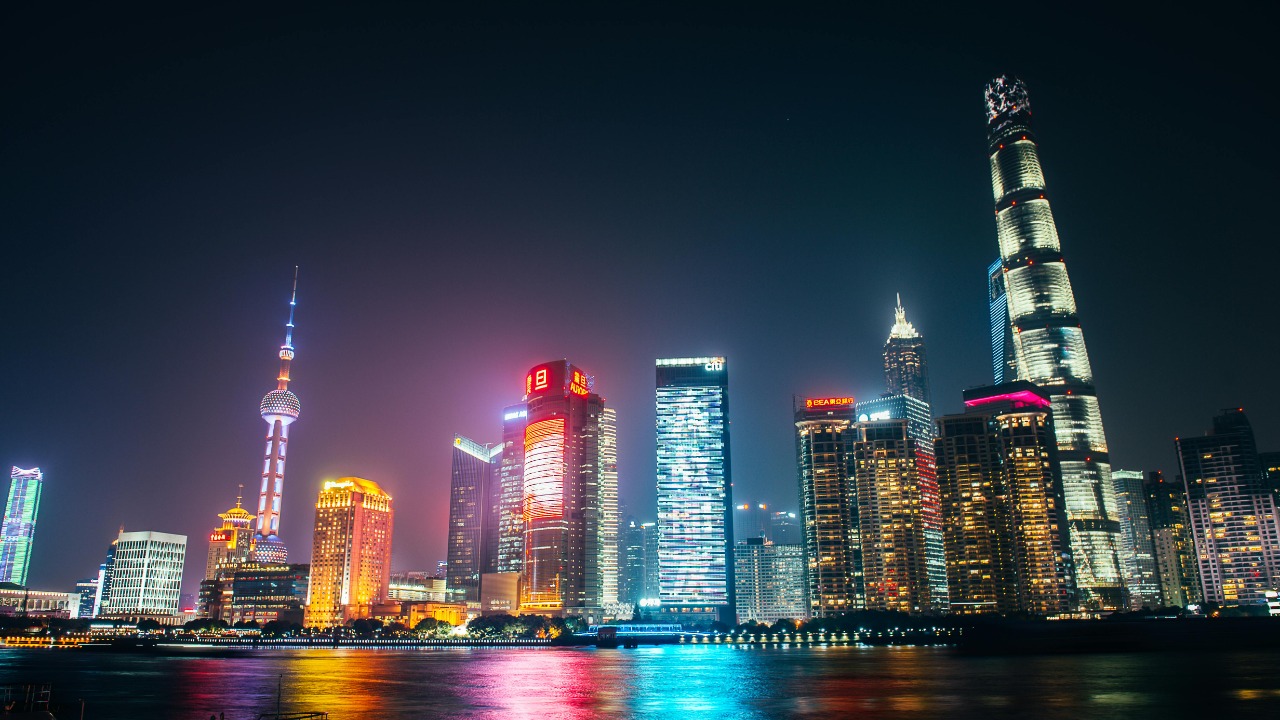
China’s rapid urbanization has led to the construction of some of the world’s tallest skyscrapers, with heights exceeding 500 meters. These towering structures house thousands of residents and workers in their upper reaches, creating a unique demand for specialized services. Among these is the emergence of high-altitude food delivery personnel, who navigate elevators and stairs to serve meals on the uppermost floors. This profession has become a necessity in cities like Shanghai and Guangzhou, where the vertical expansion of urban spaces has reshaped daily life and labor. Recent global reporting on extreme architecture, such as “The Leaning Tower of New York”, underscores how such megastructures worldwide are influencing urban living.
Skyscraper Boom in Chinese Cities
The proliferation of supertall buildings in China is a testament to the country’s rapid urbanization and economic growth. Iconic structures like the Shanghai Tower, standing at 632 meters, and the Ping An Finance Center in Shenzhen, at 599 meters, exemplify this trend. These skyscrapers accommodate a mix of office spaces, hotels, and residences, often extending beyond 100 floors. The surge in construction is particularly pronounced in megacities such as Beijing and Chongqing, where urban density has driven the need for vertical expansion. Over the past decade, more than 3,000 buildings taller than 150 meters have been completed, marking a significant transformation of the urban landscape.
Engineering innovations have played a crucial role in enabling these architectural feats. Advanced wind-resistant designs and high-speed elevators are essential for maintaining the structural integrity and functionality of these towering buildings. Despite these advancements, reaching the top floors can still take 5-10 minutes, highlighting the logistical challenges of living and working at such heights. These developments reflect a broader trend of urban densification, where the need to accommodate growing populations in limited spaces has led to the rise of supertall skyscrapers.
The Challenges of Life at Extreme Heights
Living and working in the upper floors of skyscrapers presents unique challenges. One of the primary inconveniences is the limited access to ground-level amenities such as restaurants and markets. For busy professionals, external food delivery becomes essential, as descending to street level for meals can be time-consuming. Additionally, health and safety issues arise at extreme heights. Residents and workers above 400 meters have reported symptoms similar to altitude sickness, necessitating specialized HVAC systems to manage thin air and temperature fluctuations.
Logistical hurdles also complicate life at these altitudes. Elevator capacity limits during peak hours can delay services by up to 30 minutes, exacerbating the need for dedicated delivery roles. These challenges underscore the complexities of living in vertical cities, where the conveniences of urban life must be reimagined to accommodate the unique demands of skyscraper living. As cities continue to grow upwards, addressing these issues will be crucial for ensuring the well-being and productivity of those who inhabit these towering structures.
Emergence of High-Altitude Delivery Jobs
The rise of skyscrapers has led to the creation of specialized delivery roles, often referred to as “sky couriers.” These high-floor delivery specialists are trained to navigate complex building layouts and carry insulated meal boxes to the uppermost floors. Companies like Meituan and Ele.me have adapted their services to meet the demands of vertical delivery, employing thousands of workers in major cities. These jobs offer significant economic benefits, with pay premiums attracting workers from rural areas to urban high-rises.
The emergence of these roles highlights the evolving nature of urban employment, where traditional jobs are being redefined to meet the needs of modern city living. As skyscrapers continue to dominate city skylines, the demand for specialized services like high-altitude delivery is likely to grow, offering new opportunities for employment and innovation in urban environments.
Global Comparisons and Future Trends
China’s skyscraper boom is not an isolated phenomenon. Similar trends can be observed in other parts of the world, such as Dubai’s Burj Khalifa, which stands at 828 meters. Since its completion in 2010, the Burj Khalifa has also seen the evolution of high-altitude services, including food delivery, to cater to its residents and visitors. These international comparisons highlight the global nature of urban vertical expansion and the shared challenges that come with it.
Looking ahead, future developments in skyscraper design and technology are poised to further transform urban living. In Shenzhen, for example, drone deliveries are being tested for floors above 80, while AI-optimized routing is being explored to reduce wait times in buildings planned to exceed 1,000 meters by 2030. These innovations represent the next frontier in urban development, where technology and architecture converge to create more efficient and livable cities. As cities continue to grow upwards, the lessons learned from existing megastructures will be invaluable in shaping the future of urban living.